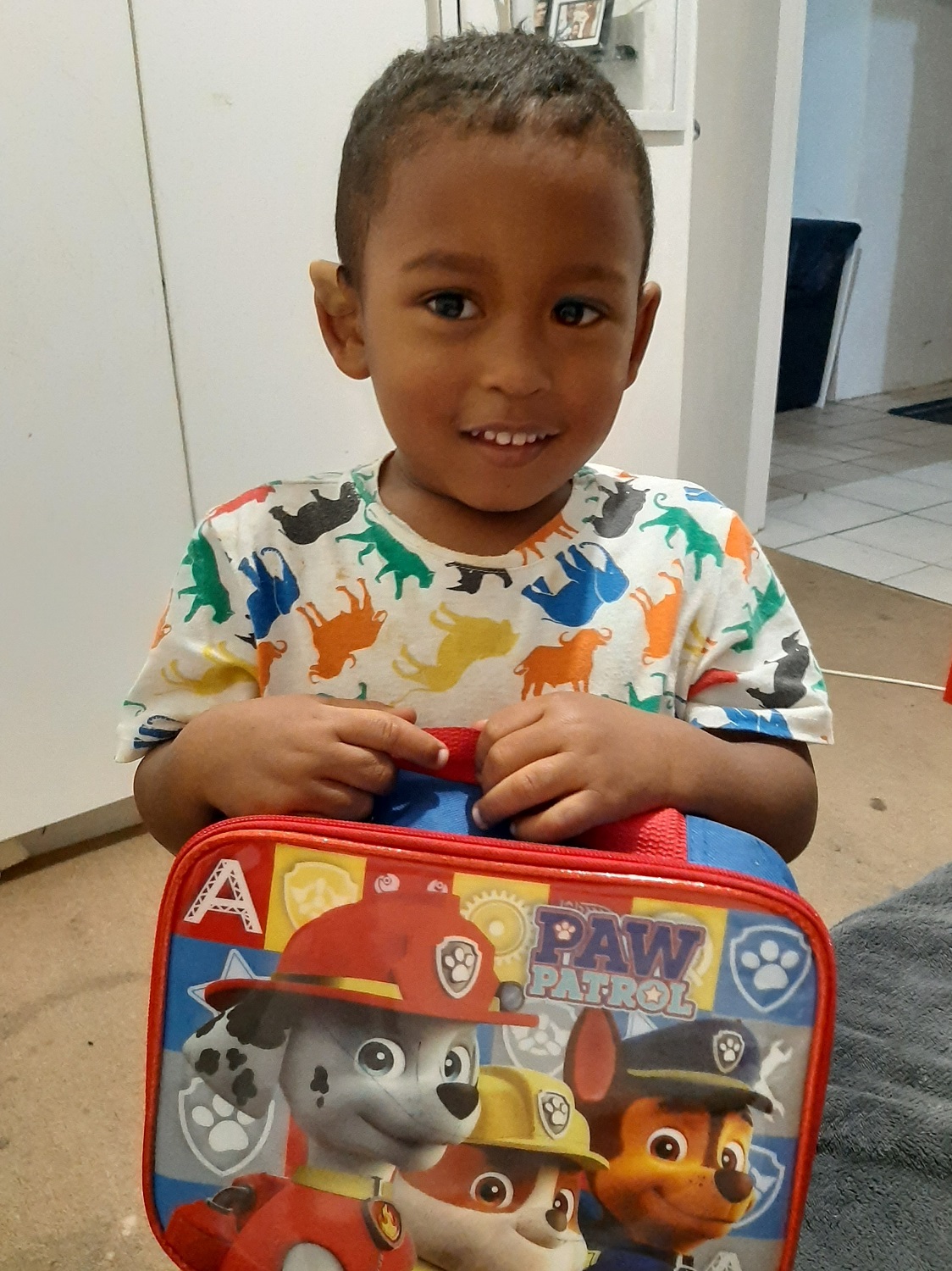
News
The bleeding disorder – it’s treatable
On 17 April 2022 we celebrate World Haemophilia Day, where we raise awareness of this blood disorder.
Haemophilia is a blood disorder where the blood does not clot properly. It can lead to a person bleeding severely from even a minor injury. It is caused by a mutation, or change, in one of the genes that provides instructions for making the clotting factor proteins needed to form a blood clot. This essential blood clotting protein is called Factor VIII, also known as anti-haemophilic factor.
“The 17th of April marks World Haemophilia Day. It is recognised worldwide as such to raise awareness of haemophilia and other inherited bleeding disorders. This effort is paramount since increasing awareness will improve diagnoses and will help provide equitable and sustainable access to care specifically for the those in developing countries with limited access. I encourage patients, parents and health care workers to raise awareness on this day through social media platforms in order to encourage continued partnerships, progress, policy and access for all,” says Dr Helder de Quintal, Paediatric Haematology and Oncology Sub-specialist at Red Cross War Memorial Children’s Hospital.
Five-year-old Cayden Solomons was diagnosed with a severe haemophilia A shortly after birth as his uncle also has the hereditary condition. Severe haemophilia A, also called factor VIII (8) deficiency or classic haemophilia, occurs in individuals with less than 1% of normal factor VIII clotting activity.
Cayden and others with haemophilia A bleed longer than other people. Bleeds can occur internally, into joints and muscles, or externally, from minor cuts, dental procedures, or injuries.
Cayden’s mother, Jamie Solomons shares that raising a child with haemophilia can be very stressful: “As a young, active boy, Cayden is very active and loves to explore. I always feel like I need to wrap him up in bubble wrap because I’m so afraid of him injuring himself.”
Although no cure exists for haemophilia, doctors can successfully treat the condition. Treatment focuses on replacing the missing protein and preventing complications and involves giving or replacing the clotting factors that are too low or missing.
“Starting with the factor [treatment] was hectic and emotional for me because he has very difficult veins so he gets pricked more than once. Seeing my child cry in pain always breaks my heart but I know it's something he needs,” says Jamie.
“The quote ‘it takes a village to raise a child’ has never rang more true than in our case. As a single parent it is very difficult for me, but luckily I have a lot of family support and the team at the Red Cross War Memorial Children’s Hospital are always helpful. There are days you will feel so helpless seeing your child injured, or admitted into hospital, so it's always good to have that family support,” Jamie shares.
Cayden is a well-adjusted, intellectual, happy boy and he knows a lot about his condition and is very vocal about it. Jamie’s wishes for Cayden are that he succeeds in everything he does and that he gets to live as normal a life as much as possible.
Jamie has some tips for parents with children with haemophilia:
“Getting treatment as soon as possible is important to help reduce the risk of damage to joints, muscles, and other body parts. If you suspect your child is injured, take them to hospital. I've personally been there many times and 30% of the time it wasn’t an injury, but I always say: ‘rather safe than sorry.”
Professor Alan Davidson, head of the blood and cancer service at Red Cross War Memorial Children’s Hospital, strongly agrees. We asked him to tell us more about haemophilia.
“There are two main types of haemophilia: haemophilia A is four times more common than haemophilia B. Of those, more than half of people with haemophilia A have the severe form,” explains Prof Davidson.
Haemophilia B, colloquially known as Christmas disease, happens due to a lack of clotting factor IX. Haemophilia B occurs in around 1 in every 25,000 males born worldwide.
Who is affected?
Haemophilia affects all races and ethnic groups but occurs almost exclusively in males due to the hereditary nature of the condition.
Although haemophilia is hereditary and can be tested for, there are some symptoms to look out for:
- Unexplained and excessive bleeding from cuts or injuries, or after surgery or dental work.
- Many large or deep bruises.
- Unusual bleeding after vaccinations.
- Pain, swelling or tightness in your joints.
- Blood in the urine or stool.
- Nosebleeds without a known cause.
- In infants, unexplained irritability can also be an indication.
If you are concerned, please visit your nearest primary healthcare facility for medical advice.


